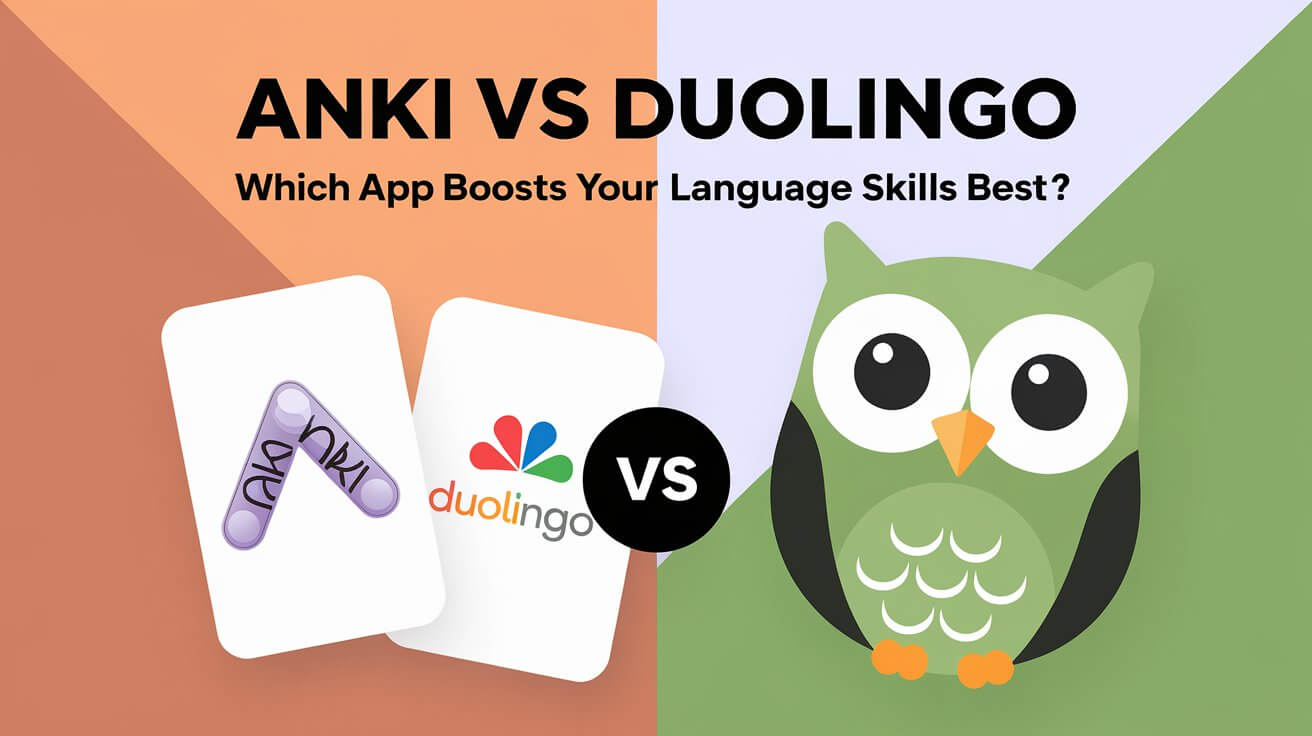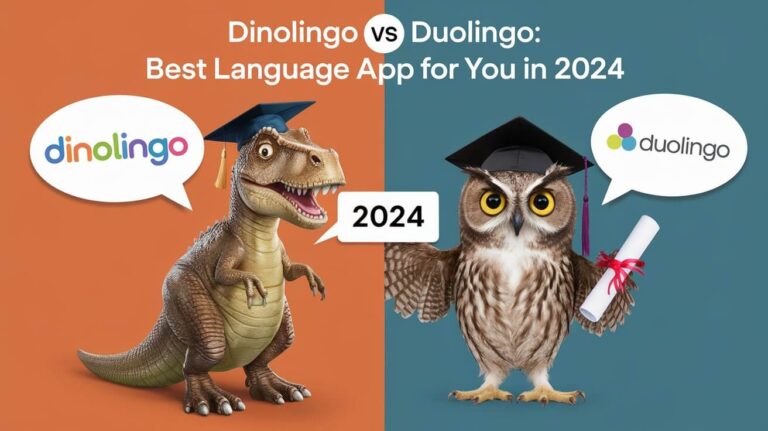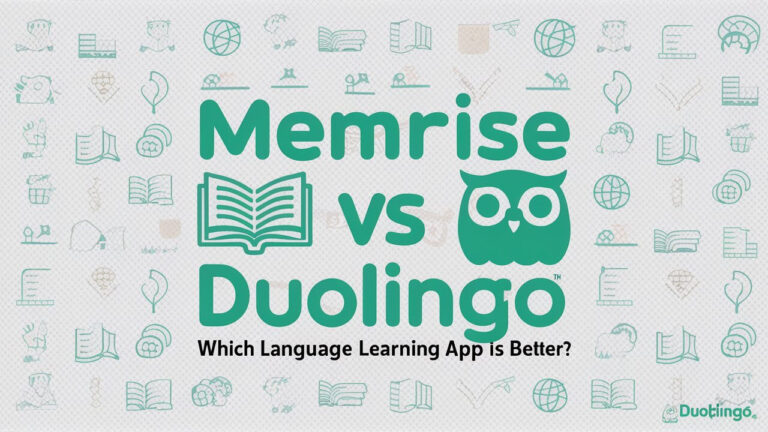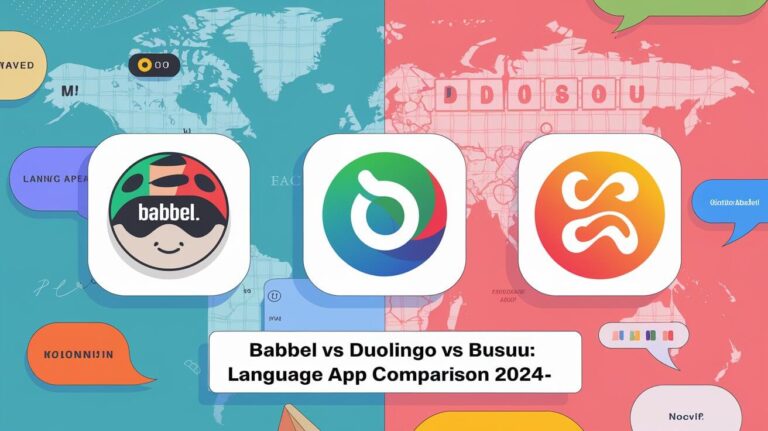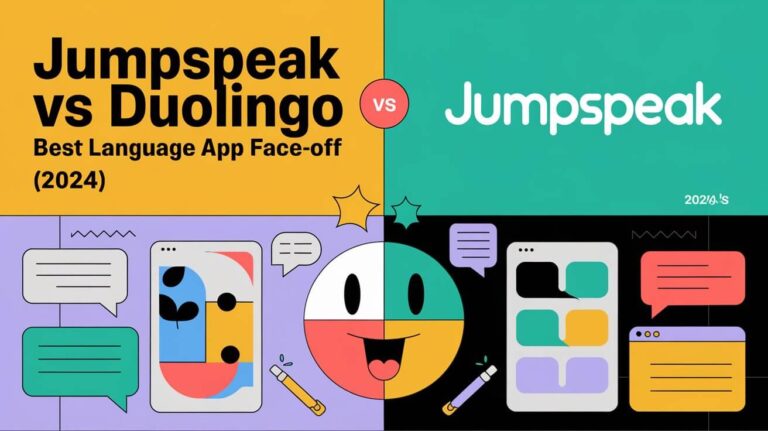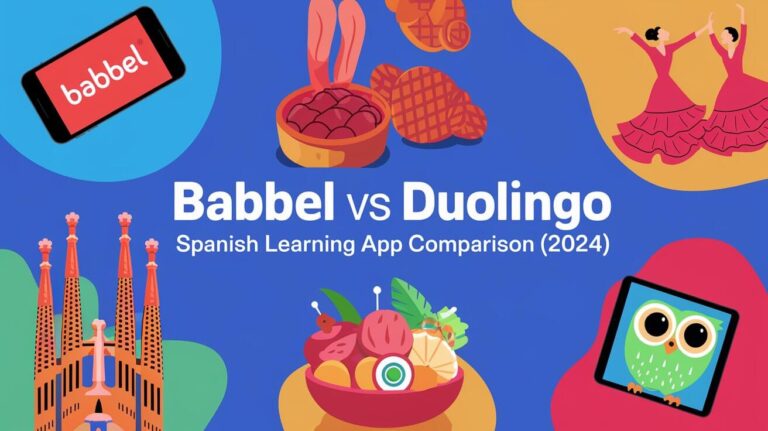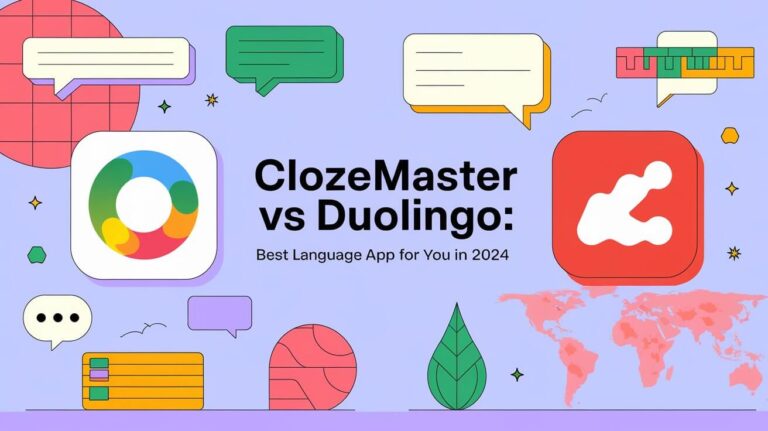Want to learn a new language but not sure which app to use? Anki and Duolingo are two top picks, each with its own special way of teaching. This quick look at both apps will help you decide which one fits your style best. Ready to find your perfect language learning partner?
The Basics of Anki and Duolingo
Anki: Flashcards Reimagined
Anki isn’t your grandma’s flashcard system. It’s a digital powerhouse that uses spaced repetition to help you remember… well, anything! But it really shines when it comes to language learning.
Anki lets you create custom flashcards or use pre-made decks. You’ll see cards at increasing intervals, based on how well you know them. This method helps move information from short-term to long-term memory.
Duolingo: Gamified Language Learning
Duolingo turns language learning into a fun, addictive game. With its cute owl mascot and bite-sized lessons, it’s like Candy Crush for your brain – but way more useful!
The app breaks down languages into skills, which you practice through various exercises. You’ll earn points, unlock levels, and compete with friends. It’s designed to keep you coming back day after day.
Core Features Compared
Anki’s Spaced Repetition System
Anki’s secret sauce is its spaced repetition algorithm. It schedules reviews based on how well you know each card. This means you’ll see tough words more often and breeze through the easy ones.
The system adapts to your learning pace. It’s like having a personal tutor who knows exactly when you need to review something. This targeted approach can lead to faster, more efficient learning.
Duolingo’s Lesson Structure and Gamification
Duolingo takes a different route. It serves up lessons in a game-like format, complete with lives, leaderboards, and rewards. Each lesson covers a mix of vocabulary, grammar, and pronunciation.
The app uses a variety of exercises to keep things interesting. You might translate sentences, speak into your device, or match words to pictures. This variety helps maintain engagement and prevents boredom.
Language Coverage and Depth
Anki’s Customizable Decks
With Anki, the world is your oyster. You can create decks for any language, no matter how obscure. Want to learn Klingon? Go for it! The flexibility is unmatched.
Users can share decks, too. This means you can often find high-quality, pre-made decks for popular languages. But be warned: the quality can vary, and you’ll need to choose wisely.
Duolingo’s Language Offerings
Duolingo offers a more curated experience. It has courses for many major languages, and they’re constantly adding more. Each course is carefully designed by language experts.
The depth of these courses can vary. Some languages, like Spanish and French, have extensive content. Others might be more limited. But Duolingo is always expanding and improving its offerings.
Learning Effectiveness
Anki’s Long-Term Retention Approach
Anki is all about long-term memory. Its spaced repetition system is designed to move information into your long-term memory efficiently. This can lead to better retention over time.
However, Anki requires discipline. It’s up to you to review your cards regularly and honestly rate how well you know each one. It’s not as flashy as some apps, but many language learners swear by its effectiveness.
Duolingo’s Immediate Engagement Tactics
Duolingo takes a more immediate approach. It’s designed to give you quick wins and keep you motivated. You’ll learn useful phrases and vocabulary from day one.
The gamification elements can be highly motivating for some learners. Maintaining a streak or competing with friends can provide that extra push to study daily. But some critics argue that this approach may not lead to deep, lasting knowledge.
User Experience and Interface
Navigating Anki’s Platform
Let’s be honest: Anki isn’t winning any beauty contests. Its interface is functional but basic. For some, this no-frills approach is a plus. There are no distractions – just you and your flashcards.
Anki does have a bit of a learning curve. Creating effective cards and managing decks takes some practice. But once you get the hang of it, it can be a powerful tool.
Duolingo’s User-Friendly Design
Duolingo, on the other hand, is a feast for the eyes. Its colorful, cartoon-style interface is inviting and easy to navigate. Everything is designed to be intuitive, even for tech novices.
The mobile app is particularly well-designed. It’s easy to squeeze in a quick lesson while waiting in line or during your commute. This accessibility is a big part of Duolingo’s appeal.
Pricing and Accessibility
Anki’s Cost Structure
Anki’s pricing is straightforward. The desktop version and AnkiWeb are free. The iOS app comes with a one-time fee, while the Android app is free and open-source.
This pricing model means you can use Anki’s core features without spending a dime. But if you want the iOS app, you’ll need to shell out some cash.
Duolingo’s Free vs Premium Options
Duolingo’s basic version is free, and it includes all language courses. The free version does come with ads, though.
For an ad-free experience and some extra features, there’s Duolingo Plus. This subscription-based model offers offline access, progress quizzes, and more. It’s a monthly or yearly fee, depending on your preference.
Community and Support
Anki’s User-Generated Content
Anki has a dedicated community of users who create and share decks. This can be a goldmine of resources, especially for less common languages.
However, the quality of these shared decks can vary widely. It’s often best to create your own decks or carefully vet shared ones before diving in.
Duolingo’s Social Features
Duolingo leans heavily into social learning. You can add friends, join clubs, and compete on leaderboards. This social aspect can be highly motivating for some learners.
The app also has active forums where users can discuss language points and get help. This community feel can make the learning process more engaging and fun.
Pros and Cons
Anki’s Strengths and Weaknesses
Pros:
- Highly effective for long-term retention
- Flexible and customizable
- Works for any subject, not just languages
- Free for most users
Cons:
- Steep learning curve
- Basic interface
- Requires self-discipline
- Can become repetitive
Duolingo’s Advantages and Limitations
Pros:
- Fun, engaging interface
- Gamification keeps users motivated
- Wide range of languages available
- Free basic version
Cons:
- May not lead to deep language proficiency
- Limited grammar explanations
- Can feel repetitive over time
- Ads in free version can be distracting
Ideal Use Cases
When to Choose Anki
Anki shines for serious language learners who want control over their study material. It’s great for:
- Vocabulary building
- Preparing for language exams
- Maintaining languages you’ve already learned
- Learners who prefer a no-frills, focused approach
When Duolingo Shines
Duolingo is perfect for:
- Beginners getting a taste of a new language
- Casual learners who want a fun, low-pressure approach
- Those who need external motivation to study regularly
- Learners who enjoy a social, competitive element
Combining Anki and Duolingo
Synergies Between the Two Platforms
Why choose when you can have both? Many language learners find success by combining Anki and Duolingo.
Use Duolingo for initial exposure to vocabulary and grammar. Then, create Anki cards for words and phrases you want to remember long-term. This one-two punch can be highly effective.
Creating a Balanced Learning Approach
A balanced approach might look like this:
- Do a Duolingo lesson to learn new material
- Create Anki cards for key vocabulary and grammar points
- Review Anki cards daily
- Use Duolingo for quick practice sessions throughout the day
This method leverages the strengths of both platforms while minimizing their weaknesses.
Expert Opinions and User Experiences
Language Teachers’ Perspectives
Many language teachers recommend using both tools. They often suggest Duolingo for beginners and Anki for more advanced study.
Some teachers create custom Anki decks for their students. This allows them to tailor the learning experience to their curriculum.
Success Stories from Learners
Countless learners have found success with both platforms. Some swear by Anki’s effectiveness for exam preparation. Others credit Duolingo with giving them the confidence to start speaking a new language.
The key seems to be consistency. Whether using Anki, Duolingo, or both, regular practice is crucial for progress.
Future Developments
Upcoming Features for Anki
Anki’s open-source nature means it’s constantly evolving. Users can create add-ons to enhance functionality. Future updates may focus on improving the user interface and mobile experience.
Duolingo’s Roadmap
Duolingo is always adding new languages and features. They’re exploring more advanced content for experienced learners. AI-powered personalization is also on the horizon, promising a more tailored learning experience.
Conclusion: Anki vs Duolingo
So, which is better: Anki or Duolingo? The truth is, there’s no one-size-fits-all answer. Your choice depends on your learning style, goals, and preferences.
Anki is the go-to for serious language hackers who want control and don’t mind a bit of setup. Duolingo is perfect for casual learners or those just dipping their toes into a new language.
Many successful language learners use both. They harness Duolingo’s fun factor and Anki’s long-term retention power. This combo can be a potent mix for language learning success.
Remember, the best language learning tool is the one you’ll actually use consistently. Whether that’s Anki, Duolingo, or a mix of both, the key is to keep at it!

